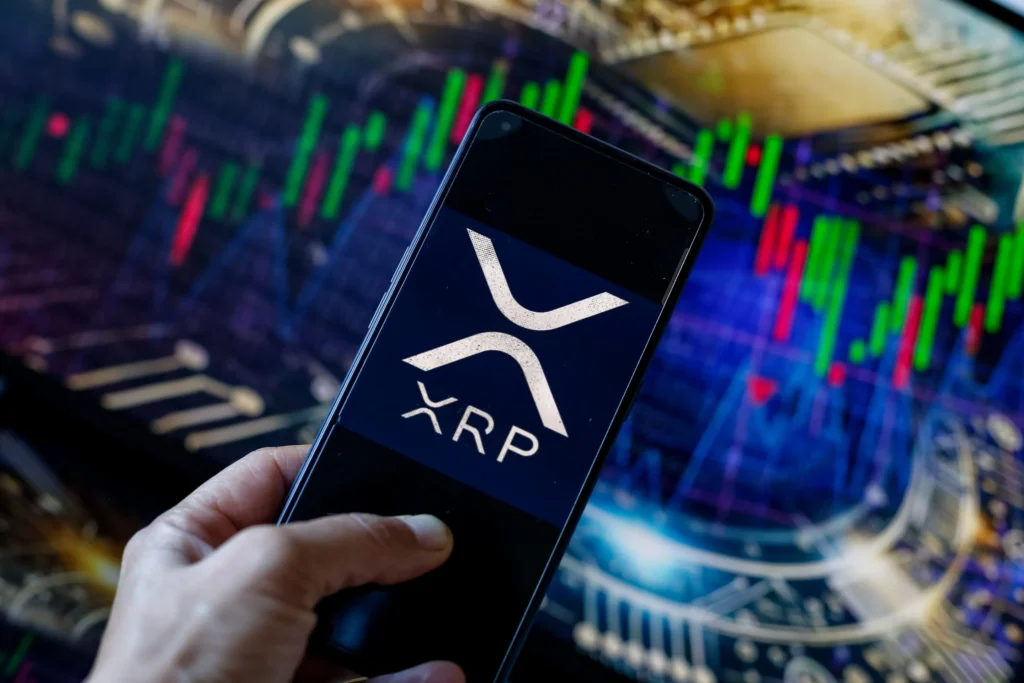In the ever-evolving world of digital currencies and blockchain technology, XRP has emerged as a revolutionary force, offering a faster, more scalable, and cost-efficient solution for cross-border payments. Originally created by Ripple Labs, XRP is designed to bridge the gap between traditional financial institutions and the decentralized future of finance. Unlike Bitcoin and Ethereum, which focus primarily on decentralization and smart contracts, XRP is tailored to streamline transactions, making it an ideal choice for banks, payment providers, and enterprises seeking efficiency in global transfers.
What Makes XRP Unique?
XRP stands out among cryptocurrencies due to its consensus mechanism, transaction speed, and minimal costs. Unlike Bitcoin, which uses a proof-of-work (PoW) system that requires massive computational power, XRP relies on a unique consensus protocol known as the XRP Ledger Consensus Protocol. This method eliminates the need for mining, reducing energy consumption and making XRP’s transactions more eco-friendly.
One of XRP’s biggest strengths is its speed. Traditional bank transfers can take days, while Bitcoin transactions may require several minutes. In contrast, XRP transactions are settled in a mere 3-5 seconds. Additionally, transaction fees are negligible, typically costing fractions of a cent, making XRP’s a cost-effective alternative for cross-border transactions.
The Role of Ripple in XRP’s Growth
Ripple, the company behind XRP’s, plays a crucial role in driving its adoption. RippleNet, a global payment network, utilizes XRP‘s to facilitate instant transactions between financial institutions. By replacing outdated SWIFT-based systems, Ripple aims to create a more seamless and efficient global financial network.
Ripple’s partnerships with banks and payment providers worldwide have been instrumental in showcasing XRP’s real-world utility. Financial giants such as Santander, American Express, and SBI Holdings have explored or integrated XRP for faster and more affordable transactions. This growing adoption cements XRP’s position as a leader in the digital payments space.
XRP’s Use Cases in Digital Payments
XRP is not just another cryptocurrency; it has tangible applications in various financial sectors. Some of its primary use cases include:
1. Cross-Border Payments
One of XRP’s primary goals is to solve inefficiencies in international payments. Traditional banking systems rely on intermediaries, leading to high costs and slow processing times. XRP eliminates these inefficiencies by acting as a bridge currency, enabling near-instant global transactions with minimal fees.
2. Liquidity Solutions for Banks
Financial institutions often require pre-funded accounts in foreign currencies to facilitate international transfers. This process ties up liquidity and increases operational costs. XRP’s On-Demand Liquidity (ODL) solution allows banks to use XRP‘s as a bridge asset, freeing up capital and improving cash flow efficiency.
3. Micropayments and E-Commerce
As digital commerce continues to grow, there is an increasing demand for faster and cheaper payment solutions. XRP’s low transaction fees make it an attractive option for micropayments, content monetization, and in-game transactions.
4. Smart Contracts and Decentralized Finance (DeFi)
Although Ethereum dominates the smart contract space, XRP‘s is making inroads through projects like the XRP’s Hooks and Flare Network, enabling decentralized applications (dApps) and smart contract capabilities. These advancements position XRP as a competitor in the booming DeFi industry.
Regulatory Challenges and Legal Battles

Despite its technological advantages, XRP has faced significant legal and regulatory hurdles. In 2020, the U.S. Securities and Exchange Commission (SEC) filed a lawsuit against Ripple, alleging that XRP was an unregistered security. This legal battle has impacted XRP’s price and market sentiment, leading to its delisting from major exchanges.
However, Ripple has fought back, arguing that XRP‘s is a digital asset similar to Bitcoin and Ethereum, not a security. In 2023, Ripple achieved a partial victory in court, with some rulings favoring XRP as a non-security in secondary sales. This decision has helped restore confidence in the asset and paved the way for potential regulatory clarity.
XRP’s Market Performance and Price Predictions
The price of XRP‘s has experienced significant volatility, influenced by market trends, regulatory news, and adoption rates. Historically, XRP has reached all-time highs of over $3 but has also seen price corrections due to legal uncertainties.
Looking ahead, analysts have mixed predictions. If Ripple continues expanding its partnerships and regulatory clarity improves, XRP could see substantial growth. Some experts predict a potential surge in XRP’s value as institutional adoption increases. However, market factors such as macroeconomic conditions, Bitcoin’s performance, and regulatory developments will ultimately shape XRP’s future price trajectory.
The Future of XRP and Blockchain Innovation
The future of XRP looks promising, with several key factors contributing to its potential success:
- Institutional Adoption: More banks and financial entities are recognizing XRP’s value for cross-border payments, driving its mainstream adoption.
- Technological Advancements: XRP Ledger (XRPL) continues to evolve, offering new features such as NFTs, smart contract integration, and enhanced security.
- Regulatory Clarity: A favorable regulatory framework will help boost investor confidence and promote wider usage of XRP.
- Expanding Use Cases: Beyond payments, XRP is exploring applications in decentralized finance, tokenization, and enterprise solutions.
Conclusion
XRP has positioned itself as a game-changer in the digital payments and blockchain industry. With its fast transactions, low fees, and growing institutional support, XRP offers a viable alternative to traditional banking systems. Despite regulatory challenges, its resilience and innovation continue to drive adoption across the financial sector.
As the world moves towards a digital-first economy, XRP remains at the forefront of blockchain innovation. Whether as a bridge currency, liquidity provider, or decentralized finance enabler, XRP’s impact on the financial industry is undeniable. Investors, businesses, and developers should keep a close eye on XRP as it continues shaping the future of digital payments.
Read more: GBP to PHP: Live Exchange Rate & Conversion Guide


